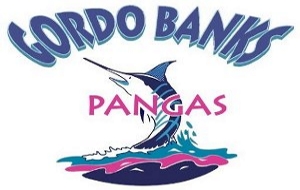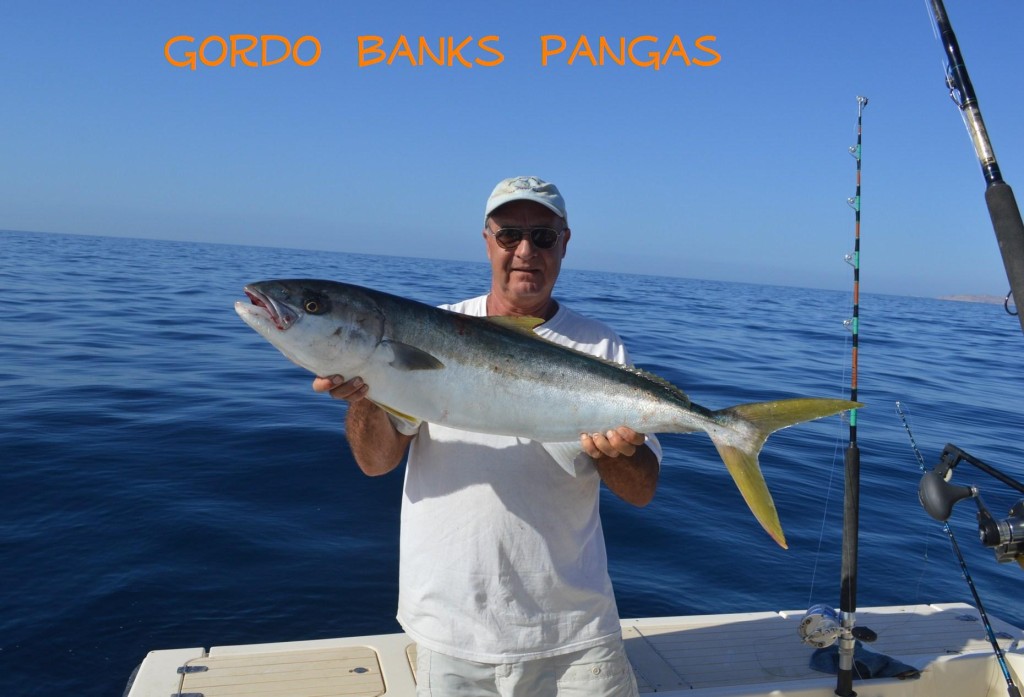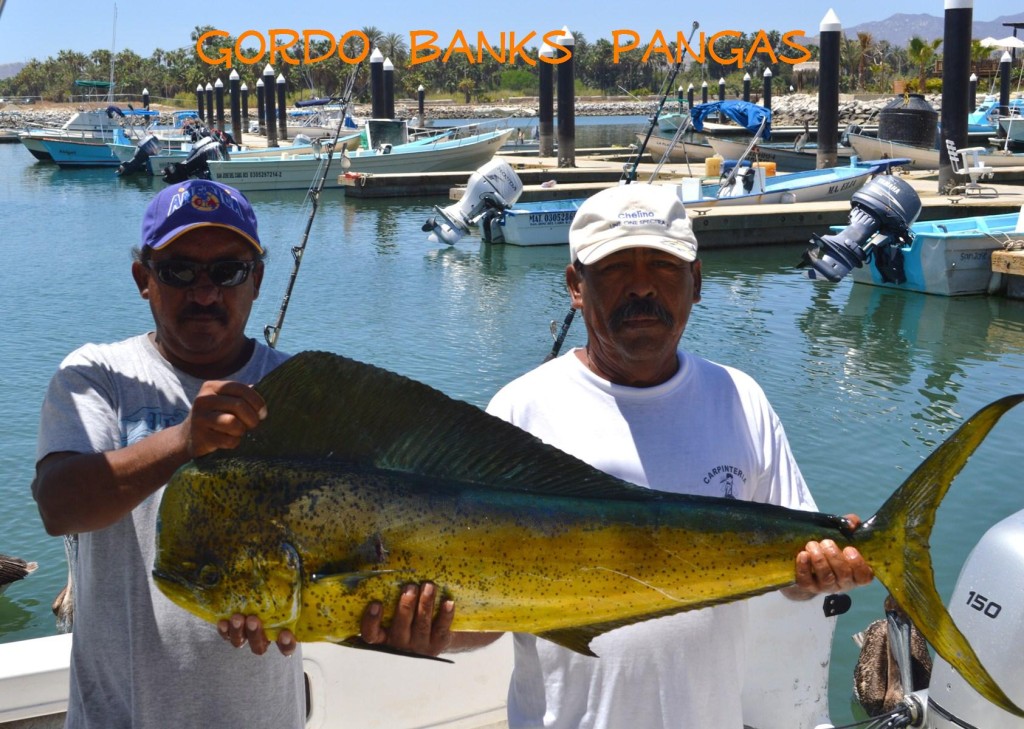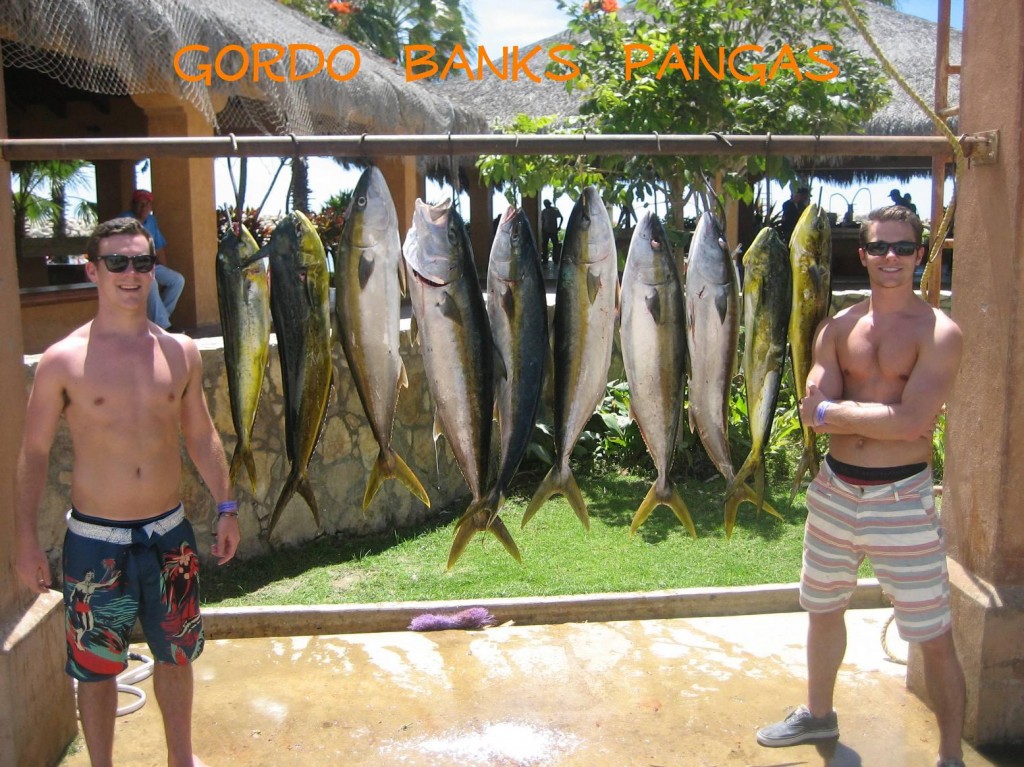April 14, 2013
Anglers –
As the spring break season has now come to an end and schools are all back in session, we have seen lighter crowds of tourists compared to previous weeks. Weather patterns continue to be unpredictable, changing rapidly, winds were now more predominate out of the south and actually gusts were so strong that port authorities decided to close the Cabo San Lucas Marina for a couple of days earlier in the week. Currents were pushing in warmer waters, then reversing and bringing back in cooler Pacific waters once again. At this time local ocean temperatures are ranging 68 to 71 degrees, actually warmer water was found closer to shore in recent days off of San Jose del Cabo and outside of three miles cooler water temperatures were present. Of course this pattern will surely switch around just as fast as it developed.
The up and down changing conditions has scattered fishing action some, the great striped marlin action slowed down to just a few fish here and there, some feeding marlin were found off of the La Laguna and Punta Gorda area, within several miles of shore, nice sized stripers up to 150 pounds. So far this season we have seen quality sized striped marlin, many of them in the 120 to 150 lb. class. We do expect to see the billfish action improve once again as conditions stabilize and the warming trend returns. Baitfish remain plentiful, more caballito now than mackerel, also some bolito, skipack and chiuil on the fishing grounds. For the past couple of weeks there have not been any sardinas available, this is because the schools are congregating along beaches far to the north, out of normal range for the commercial fleet.
No yellowfin tuna action was being reported locally, the La Paz fleet did report seeing yellowfin in the 50 to 100 pound class near Cerralvo Island, but few of these fish were hooked into, apparently too many skipjack were competing for the same baits. They also had a big bite on wahoo this past week, while off of the San Jose grounds there have been few wahoo in the counts, normally there is a time frame near the later part of April where the wahoo become more active on the grounds from the Gordo Banks towards San Luis, we have seen a taste of this and are anticipating more in the coming weeks.
Along the shoreline the juvenile roosterfish action continued, a few of these fish are now up to 15/20 pounds, though the majority are smaller sized. Sierra and jack crevalle are also being found in the same areas, as are a few roaming dorado, actually more dorado were found close to shore this week, than were found offshore, dorado always seems to go where more bait schools are congregated.
The bottom action was not as consistent as we would expect for this time of year, mixed success was reported on species such as pargo, amberjack, yellowtail and bonito. More of these bonito are appearing over the structure, bottom spot areas, they seem to prefer cooler waters, these are a good eating variety of bonito, not the same as found in So. Calif., they have been readily striking on smaller sized raplalas and are ranging in sizes up to ten pounds, similar fillets as found on small yellowfin tuna, sushi quality.
The combined panga fleets launching out of La Playita, Puerto Los Cabos Marina sent out approximately 82 charters for the week, with anglers reporting a fish count of: 1 sailfish, 4 wahoo, 28 striped marlin, 29 dorado, 9 amberjack, 14 yellowtail, 16 sierra, 165 bonito, 22 huachinango, 15 cabrilla, 124 roosterfish and 5 mako shark.
Good Fishing, Eric



